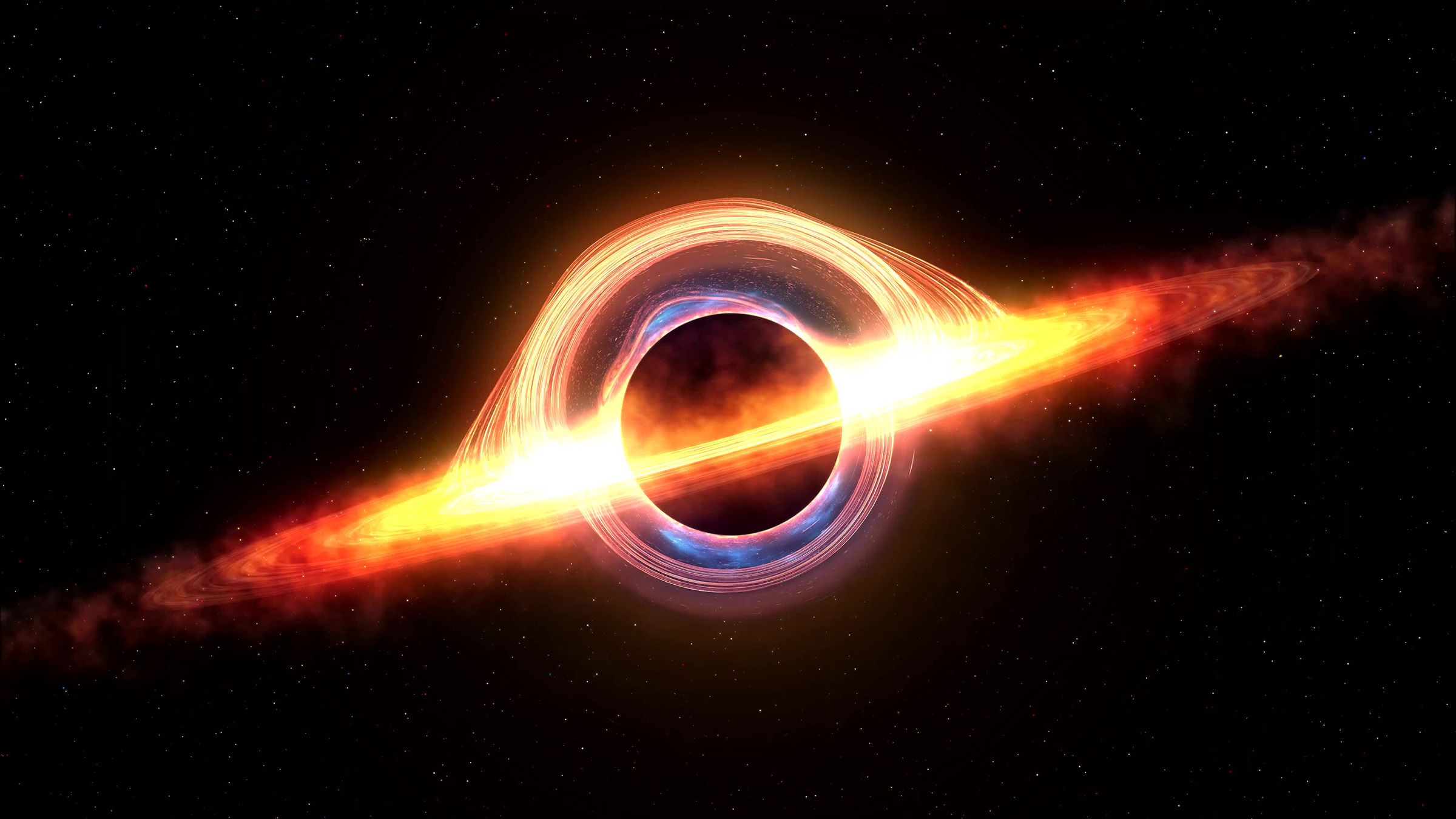Black holes are a dime a dozen in the cosmos. These destructive and terrifying cosmic objects appear everywhere, including at the center of our galaxy. Now, though, astronomers have uncovered evidence of the heaviest black hole in the Milky Way, and it’s startlingly close to us.
Reports on the new black hole indicate that it lies just 2,000 light years away from Earth in the constellation Aquila. Two thousand light-years might sound like a lot, but considering the Milky Way is only around 100,000 light-years across, that 2,000 light-years doesn’t feel like much at all.
The researchers involved in the discovery published their findings in the journal Astronomy and Astrophysics. The black hole, which is now known as Gaia BH3 is estimated to be the same mass as 33 suns, making it the heaviest black hole in the Milky Way. It’s also one of the three largest known black holes in our galaxy, though not the closest, as Gaia BH1 is only roughly 1,500 light-years away.

The team discovered Gaia BH3 during a review of the data that the European Space Agency’s Gaia mission captured. Gaia’s ongoing mission is to construct the most detailed 3D map of our galaxy, giving us additional insight into the Milky Way. It has taught us a lot about our little slice of the cosmos, including where a lot of black holes can be found.
The researchers say that the star orbiting the now recorded holder for the heaviest black hole in the Milky Way was already known by astronomers. However, the fact that it had a black hole as a companion was extremely surprising. Further, the weight of that companion baffled them even more.
Team lead Pasquale Panuzzo told Gizmodo that he was convinced the data was incorrect the first time he saw it. Gaia BH3 rips the record from its previous holder, Cygnus X-1, which only weighs 21 solar masses.
The research surrounding BH3 suggests that the black hole originated from a metal-poor star, allowing it to retain most of its mass over the star’s lifetime. This allowed the black hole that formed in the star’s death to be much larger than normal.
Of course, the supermassive black hole found at the center of our galaxy is much larger, measuring around 4 million times the mass of the sun. However, having a stellar black hole as massive as Gaia BH3 definitely raises questions about what other cosmic discoveries might be waiting in our corner of the universe.








